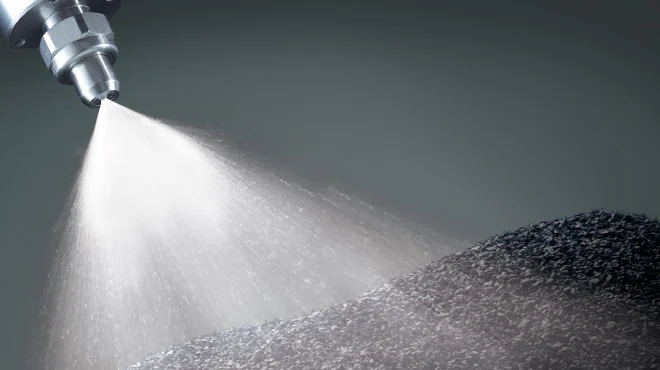Ultrafine and fine dust particles pose a significant threat to both human health and the environment. These tiny particles, measuring less than 2.5 micrometers in diameter, can easily penetrate deep into our respiratory system, causing a range of health problems. Traditional dust control measures are often ineffective in managing ultrafine and fine dust due to their small size and lightweight nature. But, by implementing effective dust suppression techniques, utilizing innovative technologies on bosstek.com, and following best practices for dust management, businesses can create a safer and healthier work environment for their employees. Remember, the control of ultrafine and fine dust is not just a regulatory requirement but a moral obligation to protect the well-being of workers and the environment.
The need for specialized dust control solutions
Given the unique challenges posed by ultrafine and fine dust, it is essential to implement specialized dust control solutions that are specifically designed to target these minuscule particles. Conventional dust control methods, such as water spraying or dust masks, may not be sufficient to address the risks associated with ultrafine and fine dust exposure.
Electrostatic precipitators for effective dust control
One effective dust control solution for managing ultrafine and fine dust is the use of electrostatic precipitators. These devices utilize electrostatic forces to capture dust particles from the air, making them an efficient way to remove even the smallest particles from the environment. By using electrostatic precipitators, industries can effectively control ultrafine and fine dust emissions and protect the health of their workers and surrounding communities.
Use of dust suppression systems
In addition to electrostatic precipitators, dust suppression systems are another valuable tool in the fight against ultrafine and fine dust. These systems work by applying a specially formulated dust suppressant to the surfaces where dust is generated, effectively reducing the amount of dust that becomes airborne. By proactively managing dust at the source, industries can minimize the release of ultrafine and fine dust particles into the air, creating a safer and healthier work environment for all.
The importance of regular maintenance and monitoring
While implementing specialized dust control solutions is crucial, it is equally important to maintain and monitor these systems regularly to ensure their effectiveness. Regular maintenance helps to prevent system failures and ensures that dust control measures are operating at peak efficiency. Additionally, monitoring air quality and dust levels allows industries to adjust their dust control strategies as needed, helping to maintain a clean and healthy environment for all.
Best practices for ultrafine and fine dust management
When dealing with ultrafine and fine dust management, prioritize regular cleaning and maintenance of air filters to prevent build-up. Implement proper ventilation systems to reduce the concentration of dust particles indoors. Use high-quality vacuum cleaners with HEPA filters to effectively capture fine dust. Encourage the use of doormats and shoe removal to prevent dust from entering the premises. Consider investing in air purifiers to improve indoor air quality. Establish strict no-smoking policies to minimize the introduction of harmful particles. Conduct regular inspections to identify and address sources of dust accumulation promptly.
The threat of ultrafine and fine dust is a significant concern that requires specialized dust control solutions for effective management. By utilizing technologies such as electrostatic precipitators and dust suppression systems, industries can effectively control ultrafine and fine dust emissions and protect the health of workers and communities.







